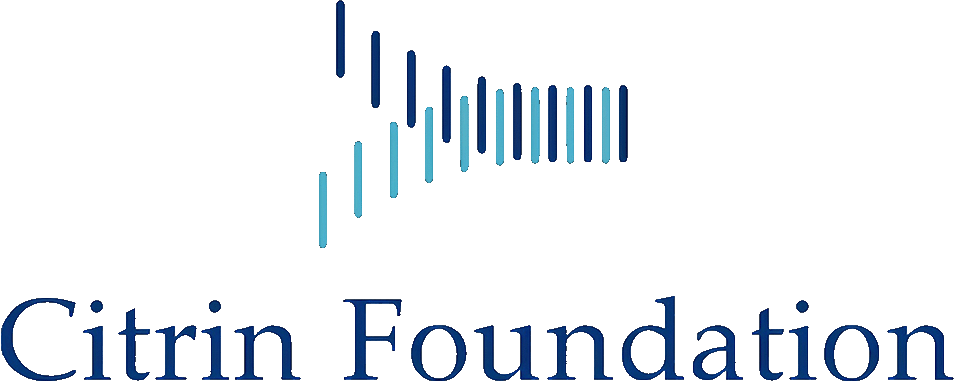HOW TO MONITOR FOR CITRIN DEFICIENCY
Periodic measurement of plasma concentrations of ammonia, citrulline, other amino acids and liver function test for all phenotypes associated with citrin deficiency should be performed. For citrin deficiency patients older than one year, anthropometric indices (e.g., height, weight, head circumference) and serum lipid levels (e.g., total cholesterol, HDL/LDL-cholesterol) are warranted. It is recommended that the following parameters be measured every few months:
- Plasma ammonia concentration (sampled at least 4 hours after meals)
- Plasma amino acids including citrulline levels (sampled at least 4 hours after meals)
- Liver function test, including gamma-glutamyl transferase (GGT)
Note that an increase in citrulline may suggest an onset of Adolescent and Adult Citrin Deficiency (AACD)*, which should prompt medical treatment [Tsuboi et al. 2001; Saheki and Song 2017].
TYPES OF TREATMENTS OF CITRIN DEFICIENCY
The treatments that citrin deficiency patients receive will differ according to their respective phenotype.
The primary pathology of citrin deficiency is thought to be caused by a lack of energy in liver cells resulting from an impairment in glycolysis and fatty acid β-oxidation. MCT is thought to be particularly effective as it is rapidly hydrolyzed and taken up by mitochondria in the liver as free medium-chain fatty acids where it is oxidized to supply ATP directly to the liver and promotes lipogenesis, resulting in improvement of the cytosolic NAD+/NADH ratio via the malate-citrate shuttle [Hayasaka 2021; Hayasaka 2023].
Below we detail the recommended treatments for each phenotype:
Treatment for citrin deficiency patients with NICCD includes MCT enriched formula or for patients complicated with galactosemia, a lactose-free formula supplemented with MCT [Tazawa et al. 2004; Ohura et al. 2007; Hayasaka et al. 2011; Hayasaka 2021]. Fat-soluble vitamins may also be prescribed.
Restricting lactose intake alleviates the symptoms of galactosemia and MCT usage has been reported to improve the conditions associated with NICCD such as cholestasis, jaundice, and poor growth [Tazawa et al. 2004; Ohura et al. 2007; Hayasaka et al. 2011; Hayasaka 2021].
After the age of 1
All citrin deficiency patients post-NICCD or aged 1 or older should follow a low carbohydrate, high protein and fat diet [Dimmock et al. 2007; Saheki and Song 2017; Häberle and Rubio 2022; Kido et al. 2022]. Based on the biochemical rationale previously detailed under the prevention section, it may be advisable for patients to continue taking MCT supplements even after the resolution of clinical symptoms [Hayasaka 2021; Kido et al. 2022; Hayasaka 2023].
Dietary treatment with MCT has been suggested to be helpful for FTTDCD [Hayasaka et al 2021; Hayasaka 2023].
Hyperammonemia and citrullinemia are frequently observed in AACD* patients.
- Patients should refrain from consuming high amounts of carbohydrates and avoid alcohol as they will worsen their condition.
- Glycerol infusions should be strictly avoided as reports have shown rapid deterioration of patient conditions and may even be fatal.
- Administration of arginine and/or sodium pyruvate has been shown to improve hyperammonemia [Imamura et al. 2003; Mutoh et al. 2008; Yazaki et al. 2013].
- MCT has also been shown to be effective for AACD* patients [Hayasaka et al. 2014, 2018].
- Liver transplantation may be required as a final solution, which has been shown to correct all the metabolic disturbances associated with citrin deficiency [Saheki and Song 2017; Okano et al. 2019; Häberle and Rubio 2022].
Combined with proper diet and management of the condition during the “silent period” and timely treatment of symptoms associated with AACD*, the condition can be better managed.
Publication of Medical Treatment Guideline
Please refer to the page – Publication of Medical Treatment Guideline for more information.
*Previously known as Citrullinemia type 2 (CTLN2)
Please find the list of references here.


